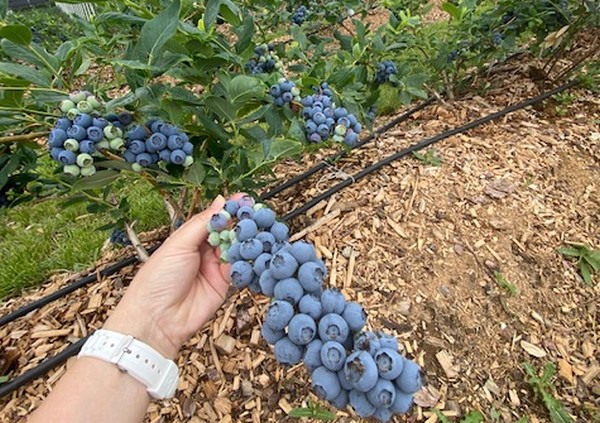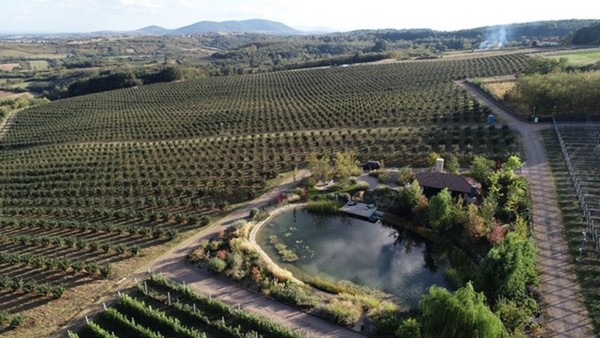Serbia’s blueberry industry is hopeful and expects a positive 2023 blueberry harvest season, that starts next month (June), with a 15% production increase predicted. This follows a spring with no significant frost damage and with a normal upcoming season anticipated.

According to Julka Toskic from the Serbia Does Fruit Association: “Some unofficial estimations are that Serbia might reach production volumes of between 7,000 to 7 500 tons. The estimation is that our blueberry season will start in early June, which gives the opportunity for Serbian blueberry producers to offer their products at least two weeks before other countries in the region.”
She says there’s about 2 500 ha of modern blueberry plantations in Serbia, followed by a significant increase in the production volume of fresh blueberries in her country with 6,500 t produced in 2022.
“Our modern production is followed by storage capacities with calibration and packaging lines. Also, a larger percentage of blueberry production is covered by quality standards. Export value is increasing year after year. In 2022 our value increased to €27,19 million from only €3,58 million in 2018. Serbian blueberry producers export their products to 23 export markets. The top five are: the Netherlands, Russia, Germany, Poland and Great Britain. All of which shows that Serbia is among the larger European blueberry production countries,” states Toskic.

However, Serbian blueberry producers face the same challenges as producers in other countries says Toskic. “The increasing of production costs, inflation and moderate consumption of berries worldwide. Still, this is a promising industry and in at least the next five years global blueberry production will be lower compared with global demand. Through the planned activities of the Serbia Does Fruit Association, we believe that in the coming period Serbian blueberry producers will be well positioned on the global blueberry map and much more recognizable.”
For more information:
Julka Toskic
Serbia Does Fruit
Tel: +38 1648344254
Email: info@serbiadoesfruit.com
www.serbiadoesfruit.com
